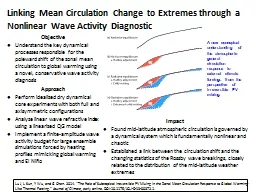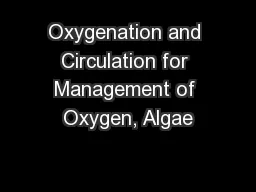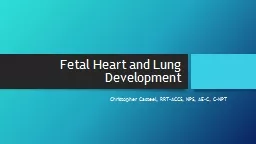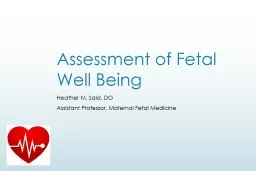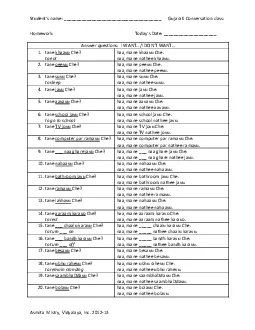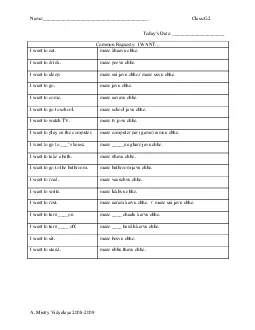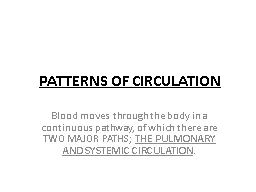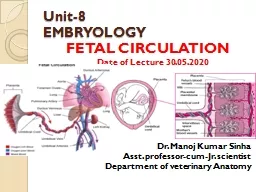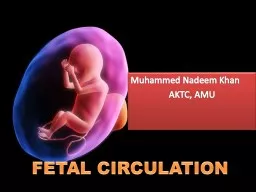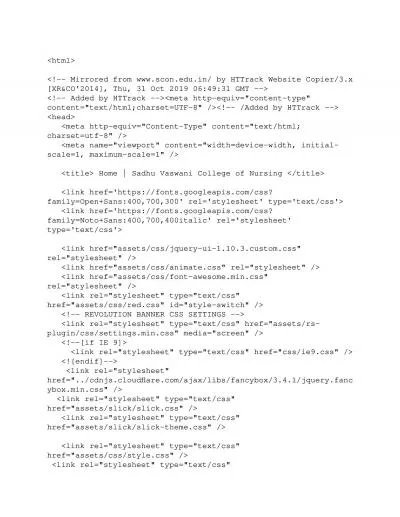PPT-Fetal Circulation Ms.Ashwini.S.Mane
Author : kylie | Published Date : 2023-05-20
Anatomy and Physiology Fetal Circulation Umbilical cord 2 umbilical arteries return nonoxygenated blood fecal waste CO2 to placenta 1umbilical vein brings oxygenated
Presentation Embed Code
Download Presentation
Download Presentation The PPT/PDF document "Fetal Circulation Ms.Ashwini.S.Mane" is the property of its rightful owner. Permission is granted to download and print the materials on this website for personal, non-commercial use only, and to display it on your personal computer provided you do not modify the materials and that you retain all copyright notices contained in the materials. By downloading content from our website, you accept the terms of this agreement.
Fetal Circulation Ms.Ashwini.S.Mane: Transcript
Download Rules Of Document
"Fetal Circulation Ms.Ashwini.S.Mane"The content belongs to its owner. You may download and print it for personal use, without modification, and keep all copyright notices. By downloading, you agree to these terms.
Related Documents


